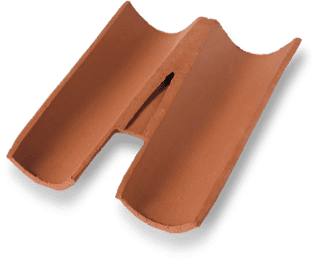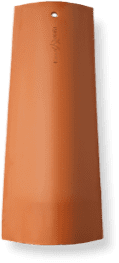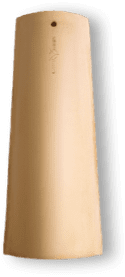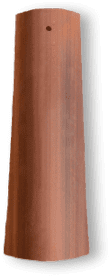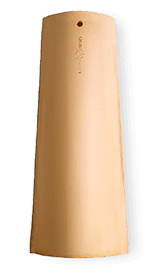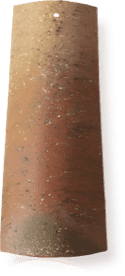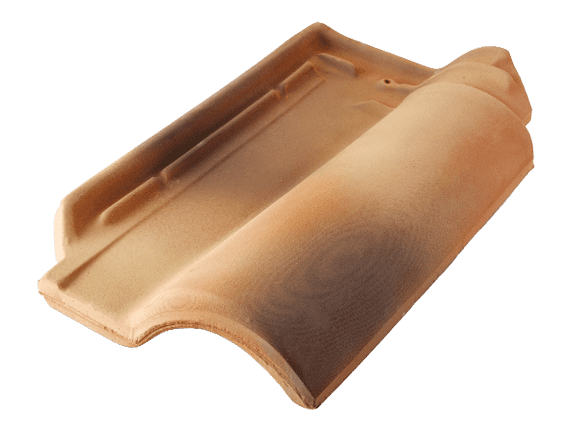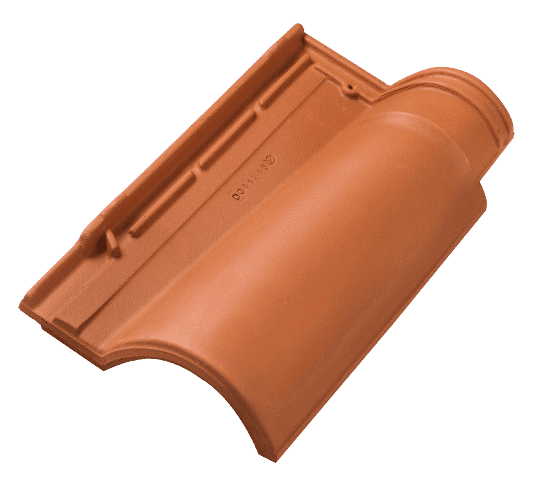The use of fixing mortar
UNI 9460 "Code of Practice for the Design and Execution of Discontinuous Roofing with Clay and Cement Tiles," identifies metal elements such as hooks, wires, nails, etc., for fastening tiles (and thus also roof tiles).
It points out that the use of mortar permitted only for the connection of ridges, for the construction of subfloors (stiffening layers) and for the formation of pre-packaged curbs; and it is explicit in reporting that "roof tiles should not be fixed with mortar."
The practice of mortar fixing of roof tiles, while appearing to be a quick and durable way to make a good roof, also triggers several phenomena that are more or less deleterious to the roof itself, which led the regulators to ban it.
In order to reduce this phenomenon, it is necessary to ensure that there is little water absorbed by the material and that it is removed in the shortest possible time.
THE UNI 9460 REGULATION EXPLICITS THAT TILES AND TILES "MUST NOT BE FIXED WITH MORTAR".
Laying in mortar has a negative effect on this aspect because:
MAKES DRYING DIFFICULT AFTER PRECIPITATIONS
Due to its hygroscopicity, the mortar absorbs considerable quantities of water, creating a humidity reservoir under the brick tile, which will have difficulty drying perfectly after each atmospheric precipitation;
IT PREVENTS CORRECT MICROVENTILATION
The fixing mortar obstructs, near the eaves line or along the entire pitch, the cavity placed under the roof tile which is necessary for the formation of an under-tile micro-ventilation.
This, provided for by the aforementioned standard, in addition to drying the intrados of the tiles, damp due to any micro-perspiration, removes any condensation, prevents its formation during the winter by reducing the thermal gradient between the intrados and extrados of the tiles.
TRANSMITS WATER TO THE LAYING FLOOR AND TO THE HOME
The bedding/fixing mortar can transmit, due to its hygroscopic capillarity, traces of water from transpiration or condensation to the laying surface and consequently, in the absence of sheaths, to the underlying inhabited areas.
MAY LEAD TO BREAKS
In the presence of fixing mortar, a very rigid bond is created with the tile which opposes the natural dimensional variations of thermal origin, therefore solar radiation causes harmful internal tensions which can lead to breakage of the pieces.
The use of fixing foams
If polyurethane foams or other types of foam are used to fix the deck pieces, it must be avoided that the deck, as it expands, obstructs the cavity under the tiles necessary for the formation of air circulation as required by the standard seen previously .
